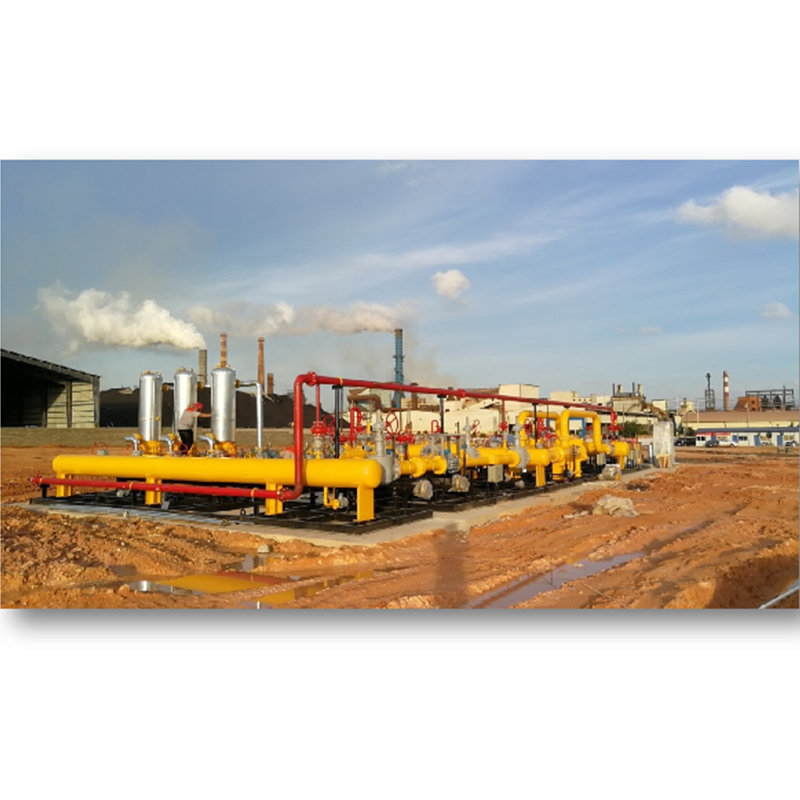
Nov . 19, 2024 21:48
Back to list
pressure vessel
Understanding Pressure Vessels Design, Function, and Safety
Pressure vessels are critical components in various industries, including oil and gas, chemical manufacturing, and power generation. These containers are specifically designed to hold gases or liquids at a pressure substantially different from the ambient pressure. When properly designed and fabricated, pressure vessels ensure safe and efficient storage and transport of volatile substances.
The design of a pressure vessel involves several key considerations, including material selection, wall thickness, shape, and reinforcement. Common materials used for constructing pressure vessels include steel, aluminum, and composite materials, each chosen for their strength, resistance to corrosion, and ability to withstand extreme temperatures. The walls of the vessel need to be thick enough to handle the internal pressures while also considering the weight and cost.
One of the primary factors in pressure vessel design is the application of the appropriate codes and standards. In the United States, the American Society of Mechanical Engineers (ASME) sets guidelines for the design, fabrication, and inspection of pressure vessels under the ASME Boiler and Pressure Vessel Code (BPVC). Compliance with these standards not only ensures the structural integrity of the vessel but also protects workers and the environment from potential hazards.
pressure vessel

To maintain safety, pressure vessels are equipped with various safety features. Relief valves are commonly installed to prevent over-pressurization, which can lead to catastrophic failures. Additionally, regular inspection and maintenance are vital to identify any signs of wear, corrosion, or other forms of degradation that could compromise the vessel's integrity over time.
Despite the rigorous design and safety measures, incidents involving pressure vessels can occur due to operator error, maintenance neglect, or design flaws. Therefore, training and clear operational protocols are essential for personnel managing or working around pressure vessels. Understanding the risks and implementing best practices can significantly reduce the likelihood of accidents.
In conclusion, pressure vessels play a pivotal role in modern industry, contributing to the safe handling of hazardous materials. A thorough understanding of their design, relevant safety regulations, and maintenance requirements is crucial for anyone involved in their operation. As technology continues to evolve, the focus on enhancing pressure vessel safety and efficiency remains paramount, ensuring that these essential components function safely and effectively in various applications.
Next:
Latest news
-
Safety Valve Spring-Loaded Design Overpressure ProtectionNewsJul.25,2025
-
Precision Voltage Regulator AC5 Accuracy Grade PerformanceNewsJul.25,2025
-
Natural Gas Pressure Regulating Skid Industrial Pipeline ApplicationsNewsJul.25,2025
-
Natural Gas Filter Stainless Steel Mesh Element DesignNewsJul.25,2025
-
Gas Pressure Regulator Valve Direct-Acting Spring-Loaded DesignNewsJul.25,2025
-
Decompression Equipment Multi-Stage Heat Exchange System DesignNewsJul.25,2025

